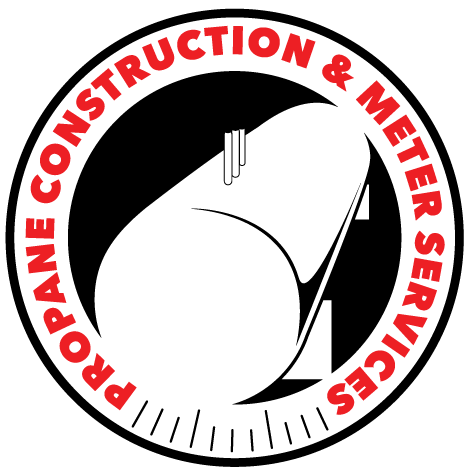Propane Surplus: A Paradigm Shift in U.S. Energy Markets

As the autumn season is in full swing, the United States finds itself grappling with a unique energy situation. Propane inventories have surged to a record seasonal level, driven by a remarkable upswing in gas field production and exports. This unexpected abundance of propane has had far-reaching effects on domestic and international markets, as well as on consumers’ wallets. Let’s look at the reasons behind this propane surplus, its impact on prices, and how it has affected various stakeholders.
Record-Breaking Inventories
Data from the U.S. Energy Information Administration (EIA) reveals that U.S. propane inventories reached an astonishing 102 million barrels on October 6, 2023, a significant increase from the 85 million barrels recorded a year earlier. These stocks are not just higher; they are 15% above the prior seasonal average for the period of 2015-2022, reaching a mere 1 million barrels below the all-time high set in November 2015.
Furthermore, the surplus has continued to grow, even with strong propane exports. The end of the 2022/23 winter saw propane inventories sitting approximately 22% above the seasonal average. This abundance has led to an unexpected dip in spot prices, with Mont Belvieu in Texas seeing prices drop to an average of just $29 per barrel in October 2023, a far cry from the $67 recorded in October 2021.
The Export Boom
The root of this propane surplus can be traced back to the booming natural gas production in the United States. Propane, a by-product of this gas production, has grown at a compound rate of over 9% per year over the past decade. Between January and July 2023, gas field production soared to 414 million barrels, compared to 168 million in the same period in 2013.
To capture this growing resource, the industry invested in field gas processing, optimizing the recovery of premium propane to be sold separately. Simultaneously, U.S. petroleum refineries produced 59 million barrels of propane between January and July 2023, a figure consistent with that of 2013.
Despite the growth in production, domestic consumption has remained relatively stagnant, with 218 million barrels supplied to domestic users in the first seven months of 2023. The real surge has been in propane exports, which have skyrocketed to 324 million barrels during the same period, compared to a mere 54 million in 2013. The U.S. has now become a major propane supplier to East Asia, Latin America, and, to a lesser extent, Europe.
Key export destinations include Japan, Mexico, China, South Korea, the Netherlands, Singapore, Indonesia, Brazil, Belgium, Spain, and Chile. These countries have contributed to more than 80% of total U.S. propane exports, making it a significant global player in this market.
Impact on Prices
This propane surplus in the U.S. has had a dual impact on prices, benefiting both international and domestic markets. It has lowered input costs for petrochemical producers in Asia, making it a cost-effective choice for various industrial applications. Additionally, it has provided a relatively affordable option for cooking and heating fuel in emerging markets, alleviating some of the financial burden on households.
However, the impact on domestic heating and cooking bills has been more moderate, as the wholesale price of propane constitutes only a portion of the final retail price. The rest is determined by factors such as storage, container and transport costs, as well as wholesaler and retailer margins.
Even with near-record inventories, U.S. households currently pay an average of $101 per barrel for delivered propane, which is not far below the long-term inflation-adjusted average of $108.
The United States’ propane surplus is a result of unprecedented growth in gas field production and export activity. While this surplus has significantly lowered propane prices for international industrial and household consumers, the effect on domestic consumers has been more subdued. The propane industry’s ever-evolving landscape underscores the complexity of energy markets, where supply and demand dynamics can have a far-reaching impact on prices and international trade. As we continue to navigate the ups and downs of the energy industry, stakeholders across the board must adapt to the changing circumstances, with a keen eye on both domestic and global implications.
















